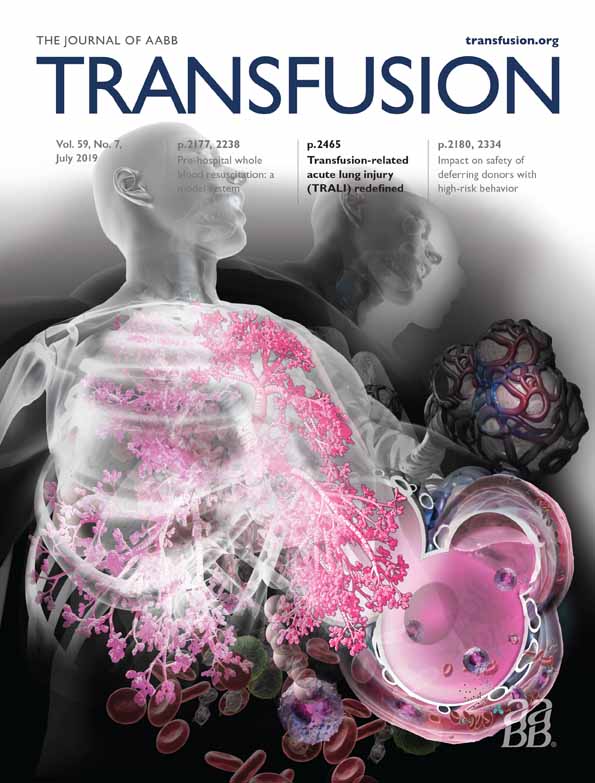Plasma-derived Factor X therapy for treatment of intracranial bleeding in a patient with Factor X deficiency: a case report
ABSTRACT
BACKGROUND
Factor X (FX) deficiency (FXD) is an extremely rare autosomal recessive hereditary hematologic disorder, affecting approximately one in 1,000,000 of the general population.
CASE REPORT
This case report describes an infant with hereditary severe FXD who presented with a spontaneous, life-threatening intracranial hemorrhage and was treated with the first licensed plasma-derived FX (pdFX) concentrate. On admission, laboratory assays showed severe coagulopathy of unknown cause; the patient was empirically treated using a multimodal hemostatic approach with prothrombin complex concentrate, fresh-frozen plasma, and tranexamic acid. Subsequent single-factor coagulation and genetic analyses confirmed the hereditary FXD diagnosis, and the therapeutic regimen was changed to a targeted regimen of 250 IU pdFX daily. Based on careful monitoring of the coagulation profile, pdFX administration frequency was increased to twice daily, followed by a reduction to once every 18 hours. The patient was discharged after 7 weeks of hospitalization in good clinical condition and now receives prophylactic pdFX three times weekly.
CONFLICT OF INTEREST
OG has received research funding from Bayer Healthcare, Biotest, Boehringer Ingelheim, CSL Behring, Novo Nordisk, Nycomed, Portola, and Octapharma. He has also received honoraria for lectures and consultancy support from Bayer Healthcare, Boehringer Ingelheim, CSL Behring, Octapharma, Pfizer, Portola, Sanofi, and Shire. All other authors have disclosed no conflicts of interest.




